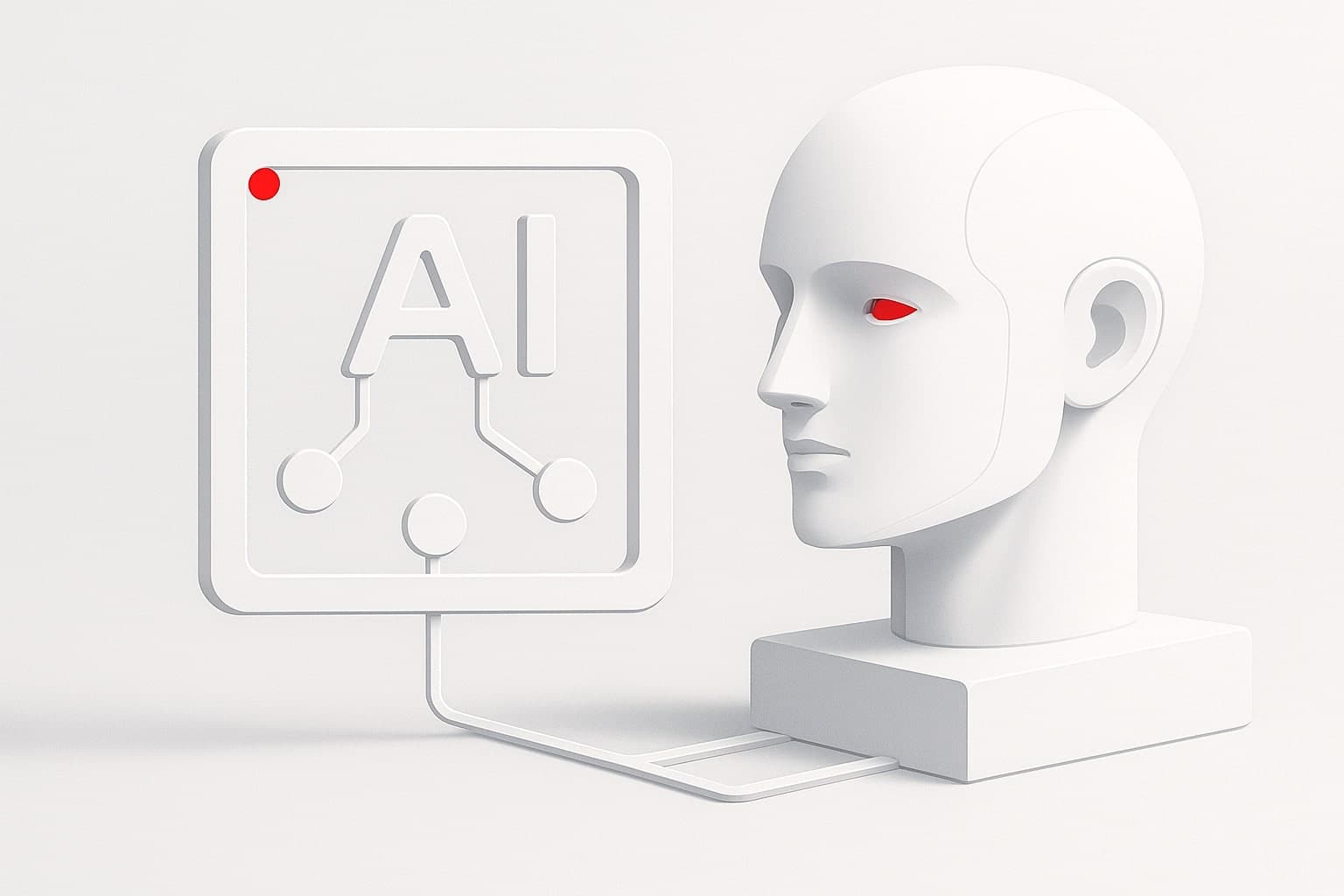October 13, 2025
General

In today’s business landscape, relying solely on intuition is no longer enough. The volume and complexity of data have surpassed human processing capabilities. That’s where Artificial Intelligence (AI) comes in — transforming raw data into actionable insights and enabling companies to make smarter, faster, and more consistent decisions.
Whether it’s predicting customer behavior, optimizing supply chains, or managing financial risk, AI-driven decision-making has become a cornerstone of competitive advantage across industries.
AI empowers organizations to process large datasets, detect patterns, and make predictions far beyond human capacity. It combines techniques such as:
Machine Learning (ML): Enables systems to learn from past data and improve predictions over time.
Natural Language Processing (NLP): Analyzes unstructured data like emails, reports, or social media content.
Predictive Analytics: Anticipates outcomes based on trends and historical data.
Reinforcement Learning: Helps systems optimize complex decisions through continuous feedback loops.
Together, these technologies turn massive datasets into actionable business intelligence.
1. Strategic Business Decisions
Companies are using AI models to simulate scenarios and predict business outcomes before making strategic moves.
For instance, global retailers use AI forecasting tools to evaluate how market changes or pricing shifts will impact sales and inventory levels. This enables leadership to make informed, data-backed strategic choices rather than relying on assumptions.
Example: A multinational FMCG company used AI-powered predictive analytics to determine optimal product pricing across regions — leading to a 12% increase in revenue and reduced overstock issues.
2. Financial and Risk Management
In finance, milliseconds can make millions. AI systems analyze historical transactions, market movements, and behavioral data to detect anomalies and predict risk in real-time.
Applications include:
Fraud detection using pattern recognition.
Credit scoring using non-traditional data sources.
Portfolio optimization based on market simulations.
Example: Fintech firms now deploy AI-based risk engines that automatically adjust loan approvals depending on a borrower’s predicted repayment likelihood, improving accuracy and reducing defaults.
3. Customer Experience and Personalization
AI enables businesses to make smarter customer-facing decisions. By analyzing browsing behavior, purchase patterns, and feedback, organizations can tailor recommendations, pricing, and engagement strategies.
Example: E-commerce platforms like Amazon use machine learning algorithms to predict what each customer is most likely to buy next. Similarly, telecom companies use AI churn prediction models to decide which offers can retain high-value customers.
4. Operations and Supply Chain Optimization
AI enhances operational decision-making by predicting demand, identifying bottlenecks, and optimizing logistics.
Real-world impact:
Manufacturers use AI-powered predictive maintenance to decide when to service machinery, minimizing downtime.
Logistics firms deploy route optimization algorithms that dynamically adjust delivery routes based on weather and traffic data.
Case in point: A global logistics leader implemented an AI-based decision-support system that reduced fuel costs by 8% and improved delivery times by 15%.
5. Human Resources and Talent Management
Decision-making in HR is increasingly data-driven. AI tools now assist recruiters in screening candidates, predicting employee turnover, and suggesting personalized learning paths.
Example: An enterprise software firm used AI analytics to identify high-performing employee traits and redesigned its hiring strategy — cutting recruitment time by 30%.
Step 1: Identify Data Sources
Businesses start by collecting structured and unstructured data — from CRM systems, IoT devices, financial transactions, or customer feedback.
Step 2: Build or Integrate AI Models
Depending on the complexity, companies may use pre-trained AI models (for rapid deployment) or custom AI models fine-tuned for domain-specific decisions.
Step 3: Automate and Monitor
AI systems can automate repetitive decisions while alerting human stakeholders for exceptions or high-impact scenarios. Continuous monitoring ensures that models stay accurate as data evolves.
Step 4: Align AI with Business Objectives
True AI success lies in aligning data insights with measurable business goals — revenue growth, cost reduction, or improved customer satisfaction.
While AI offers tremendous potential, companies often face hurdles like:
Data quality issues
Model bias or lack of transparency
Integration with legacy systems
Resistance to change within teams
Solution:
Adopt a human-in-the-loop (HITL) approach, where AI handles data-heavy decisions and humans oversee strategic validation — ensuring accountability and trust.
The next wave of business innovation will move beyond decision support to autonomous decision-making systems — where AI agents execute actions with minimal human intervention.
With advancements in generative AI and reinforcement learning, these systems will simulate multiple strategies, self-optimize, and continuously learn from outcomes — giving businesses a dynamic edge.
AI isn’t replacing human judgment — it’s enhancing it. By integrating AI-driven decision-making systems, organizations can accelerate growth, reduce uncertainty, and unlock deeper insights across every function.
If you’re ready to explore how AI can transform your decision-making, MLab Innovations can help you build intelligent, data-driven systems tailored to your business needs.